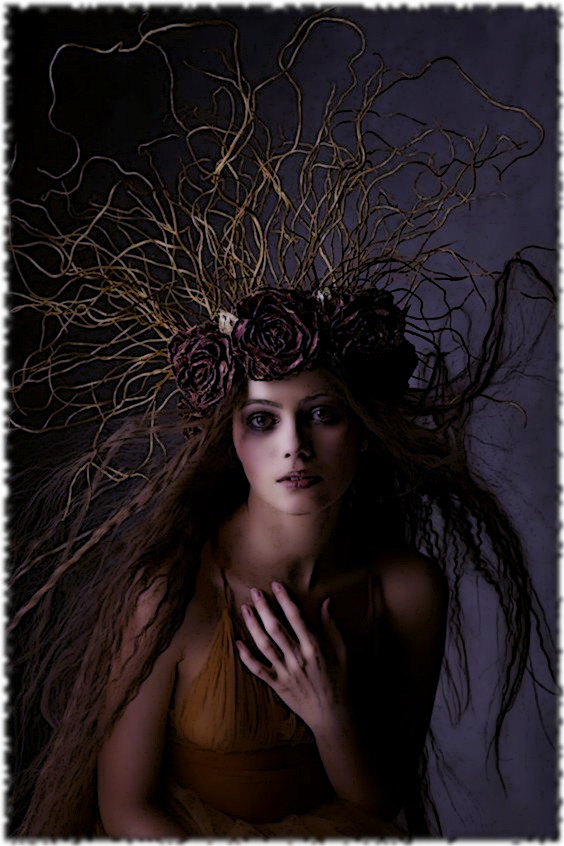Proserpina
Introduction
Proserpina or Proserpine is an ancient Roman goddess whose cult, myths and mysteries were based on those of Greek Persephone and her mother Demeter, the Greek goddess of grain and agriculture. The Romans identified Proserpina with their native fertility goddess Libera, daughter of the grain and agriculture goddess Ceres and wife to Liber. In 204 BC, a new "greek-style" cult to Ceres and Proserpina as "Mother and Maiden" was imported from southern Italy, along with Greek priestesses to serve it, and was installed in Ceres' Temple on Rome's Aventine Hill. The new cult and its priesthood were actively promoted by Rome's religious authorities as morally desirable for respectable Roman women, and may have partly subsumed the temple's older, native cult to Ceres, Liber and Libera; but the new rites seem to have functioned alongside the old, rather than replaced them.
Just as Persephone was thought to be a daughter of Demeter, Romans made Proserpina a daughter of Demeter's Roman equivalent, Ceres. Like Persephone, Proserpina is associated with the underworld realm and its ruler; and along with her mother Ceres, with the springtime growth of crops and the cycle of life, death and rebirth or renewal. Her name is a Latinisation of "Persephone", perhaps influenced by the Latin proserpere ("to emerge, to creep forth"), with respect to the growing of grain. Her core myths – her forcible abduction by the god of the Underworld, her mother's search for her and her eventual but temporary restoration to the world above – are the subject of works in Roman and later art and literature. In particular, Proserpina's seizure by the god of the Underworld – usually described as the Rape of Proserpina, or of Persephone – has offered dramatic subject matter for Renaissance and later sculptors and painters.
